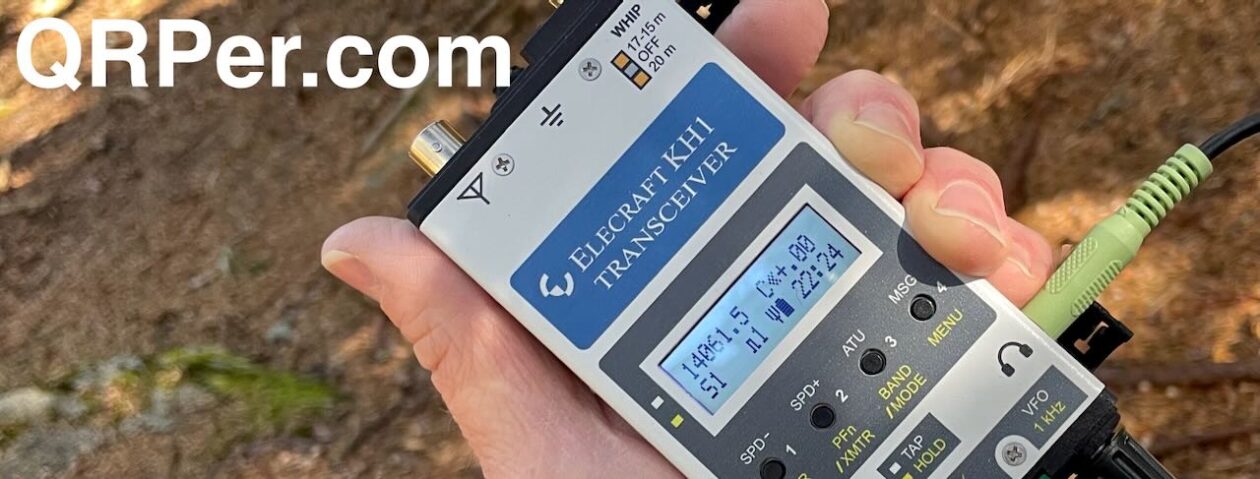 The entire time I was in Canada this summer–about two months–I used two field transceivers: the Elecraft KX2 and the Discovery TX-500.
The entire time I was in Canada this summer–about two months–I used two field transceivers: the Elecraft KX2 and the Discovery TX-500.
I did sneak in two extra radios under the floor of my trunk/boot space, but they both were limited to three watts and conditions were so rough during many of my activations, I wanted the option of a QRP “Full Gallon” (5 watts). Thus, I stuck with the TX-500 and KX2 (which are both actually capable of 10 watts output).
When I got back to the States, I was eager to do a POTA activations with my other radios–many of you know I like to rotate them–but there was one, in particular, I was eager to put back on the air…
The Mountain Topper MTR-4B.
This MTR-4B V2 is on loan to me from a very generous reader/subscriber. In fact, get this: he ordered the MTR-4B early this year and had it drop-shipped to me directly from LnR Precision. He knew I’d be in Canada for the summer, so has been incredibly flexible with the loan period (basically leaving it open ended).
My review of the MTR-4B will be published in the November or December (2022) issue of The Spectrum Monitor magazine. Then I’ll be sending the MTR-4B to its rightful owner!
In the meantime, I built an ultra- compact field radio kit around the MTR-4B and in my Tom Bihn HLT2 EDC pouch.
This kit is nearly identical to the one I made for my MTR-3B (just a different color, really).
 It contains the radio, a battery, an antenna (although I used a different one during this activation), fused power cord, paddles, earphones, RF choke, RG-316, logbook, pencil, and even a full throw line and weight. I’ve listed all of the components with links below.
It contains the radio, a battery, an antenna (although I used a different one during this activation), fused power cord, paddles, earphones, RF choke, RG-316, logbook, pencil, and even a full throw line and weight. I’ve listed all of the components with links below.
It’s hard to believe it all fits in such a compact kit and it works so well. It’s nice to know that with the kit it in my backpack, I’ve got everything I need to play SOTA or POTA at the drop of a hat.
South Mountains State Park (K-2753)
 On August 8, 2022, I drove to my hometown to check in on my parents. I didn’t have a lot of time, but I wanted to fit in a quick activation with the MTR-4B along the way.
On August 8, 2022, I drove to my hometown to check in on my parents. I didn’t have a lot of time, but I wanted to fit in a quick activation with the MTR-4B along the way.
One of the easiest parks for me to hit en route is the South Mountains State Park Clear Creek Access–it’s maybe a 10-15 minute detour off of Interstate 40.
The weather was amazing that day, although I’ll admit I had to get used to the heat and humidity after spending so much time in Canada this summer!
This access point of South Mountains only has one picnic table. I’m always prepared with a folding chair if that table is occupied, but so far it’s always been available. I’m sure the reason is because this particular South Mountains access point is way less popular than the main entrances. Most of the visitors here come to fish at the reservoir.
Setting up
The great thing about having your whole station in a pouch is that setup is quick and easy.














































